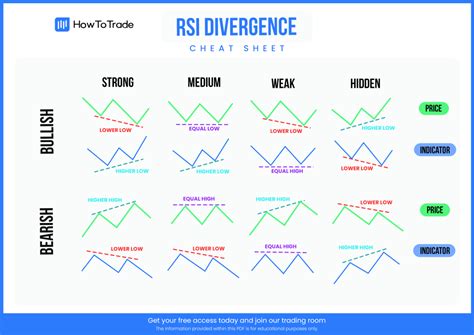The Role of Relative Strength Index (RSI) in Cryptocurrency Trading
The world of cryptocurrency has been a hotbed of speculation and market volatility, with prices fluctuating wildly over the past few years. As traders, investors, and enthusiasts of this space, we’re always on the lookout for reliable indicators that can help us make informed decisions about our investments. One such indicator is the Relative Strength Index (RSI), which has been a stalwart in the world of finance and now holds significant appeal among cryptocurrency traders.
What is RSI?
The RSI is a technical analysis tool developed by J. Welles Wilder Jr. in 1990, based on the standard Relative Strength Index (RSI) method used to gauge the magnitude of recent price movements. The original formula for RSI was designed to alert users when a stock’s price had strengthened too quickly or weakly, indicating potential overbought or oversold conditions.
How does RSI work in cryptocurrency?
In cryptocurrency markets, the RSI can be applied to various asset classes, including Bitcoin, Ethereum, and other altcoins. When it comes to cryptocurrency, the RSI is used to identify whether a coin has reached its peak value, indicating potential overvaluation or whether it’s due for a decline.
Here’s how the RSI indicator works in cryptocurrency trading:
- Candlestick analysis: The RSI indicator calculates two key values: the 14-period Simple Moving Average (SMA) and the 50-period SMA.
- RSI calculation: The formula is calculated as follows:
* High – Low = 100
* [(High – Low) / (Low + High)] x 100
The resulting value, known as the RSI indicator, ranges from 0 to 100, where:
- A high value indicates overbought conditions.
- A low value indicates oversold conditions.
Interpreting RSI levels in cryptocurrency
There are several key levels that traders need to pay attention to when using the RSI indicator in cryptocurrency trading:
- Overbought (90-100): This level indicates a strong bullish momentum, but be cautious of potential reversals.
- Oversold (30-69): Conversely, this level suggests a weak bearish trend or a potential buy signal.
- Neutral (70-89): This range is considered balanced and can indicate a stable market environment.
Best practices for using RSI in cryptocurrency trading
To maximize the effectiveness of the RSI indicator in cryptocurrency trading:
- Use multiple time frames: Apply different RSI calculations to various time periods, such as daily, weekly, or monthly.
- Combine with other indicators: Consider combining the RSI with other technical and fundamental analysis tools to form a more comprehensive view.
- Set alert settings: Customize your RSI settings to suit your trading style, including adjusting the period ranges and sensitivity levels.
- Keep an eye on volatility: Be mindful of extreme price movements and adjust your RSI thresholds accordingly.
Conclusion

The Relative Strength Index (RSI) is a powerful technical analysis tool that offers valuable insights into cryptocurrency markets. By understanding how to apply the RSI indicator correctly, traders can make more informed decisions about their investments and potentially increase their chances of success in this fast-paced and volatile space. As we continue to navigate the ever-changing landscape of digital assets, incorporating RSI into our trading strategies will undoubtedly prove beneficial for those willing to put in the effort.
Recommended Reading:
- “The New Trading Manual” by Mark Douglas
- “Technical Analysis of the Financial Markets” by John J. Murphy
Disclaimer: Cryptocurrency markets are inherently volatile and subject to high risks. The RSI indicator should not be considered as investment advice, and it’s essential to use your own discretion when making trading decisions.






0 Comments